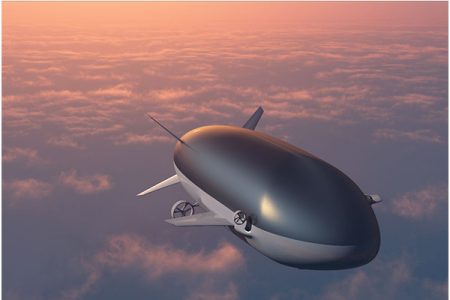 Approximately $4bn in cumulative HAPs revenues has been forecast over the next decade, for airships, balloons and pseudo-satellite platforms, according to NSR’s High Altitude Platforms, 4th Edition report.
Approximately $4bn in cumulative HAPs revenues has been forecast over the next decade, for airships, balloons and pseudo-satellite platforms, according to NSR’s High Altitude Platforms, 4th Edition report.
High altitude balloons are expected to be the primary driver of units and revenues, followed far behind by pseudo-satellites and airships. Telcos are also taking a greater interest in HAPs as a viable option for remote and rural connectivity around the globe.
Following the Covid-19 dip of 2020, the HAPs market will remain in recovery before accelerated growth towards the end of the decade, with in-service units at an 8.7% CAGR through ten years. The Americas are forecast to generate the greatest service revenues across applications.
“Commercial interest in providing Internet connectivity to remote and underserved regions, especially those with high-density populations, and military interest for ISR and remote sensing applications, are generating demand for high altitude platforms of different kinds,” states Shivaprakash Muruganandham, NSR Analyst and lead report author.
Balloons are driven by scientific missions in the near term, and commercial communications in the long-term, while both remote sensing / ISR and commercial communications drive the pseudo-satellites market.
“In addition to being much better equipped to meet TRL requirements than during previous cycles of HAPs development, the market is now more open to joint alliances and partnerships to foster advancements in the industry,” Muruganandham adds. “With a few players continuing to make the case for commercial solutions, the market viability for communications and remote sensing is experiencing a transition right now that could lead to sustained growth going forward.”
There are more than 40 HAPs programmes at various stages of development globally. These programmes all target a variety of applications, in many cases designing one platform with variants for multiple applications depending on customer’s needs.
In comparison to the satellite and UAS sectors, HAPs offer a complementary and, in some cases, unique value proposition. Balloons are the most mature market for HAPs, while airships and pseudo-satellites are still in the preliminary stages of development. Progress is slow, but interest and investments in HAPs from industry giants and the wider aviation/telco sectors is indicative of a resurgence in these markets.












Add Comment